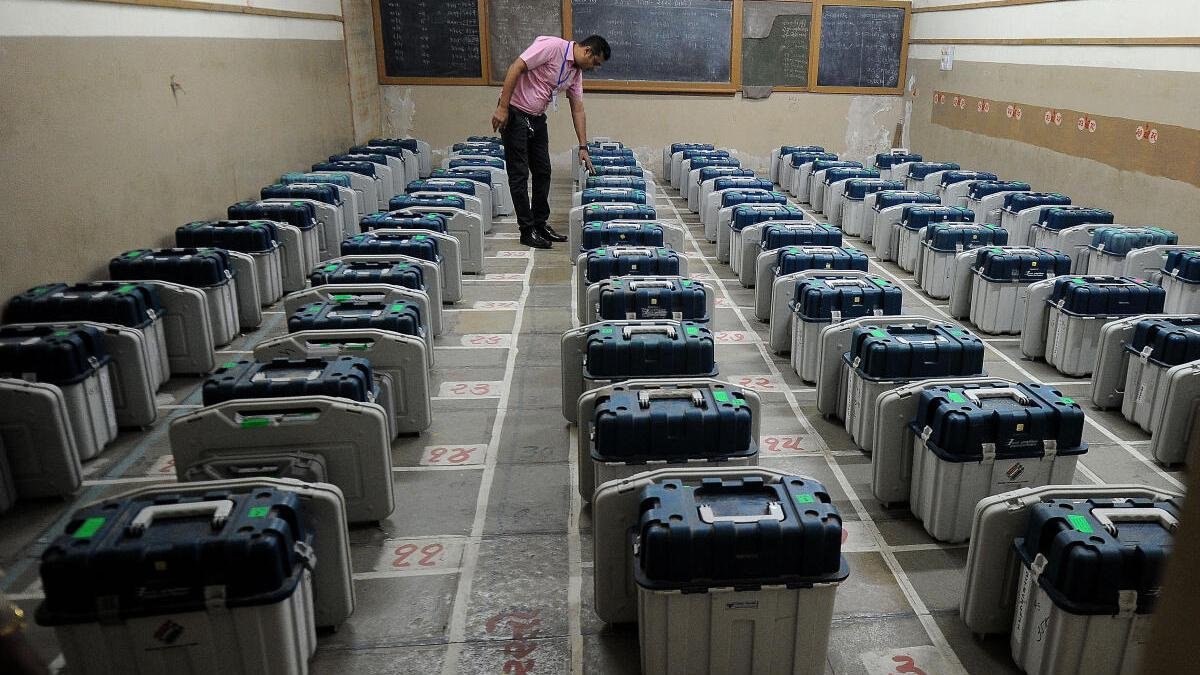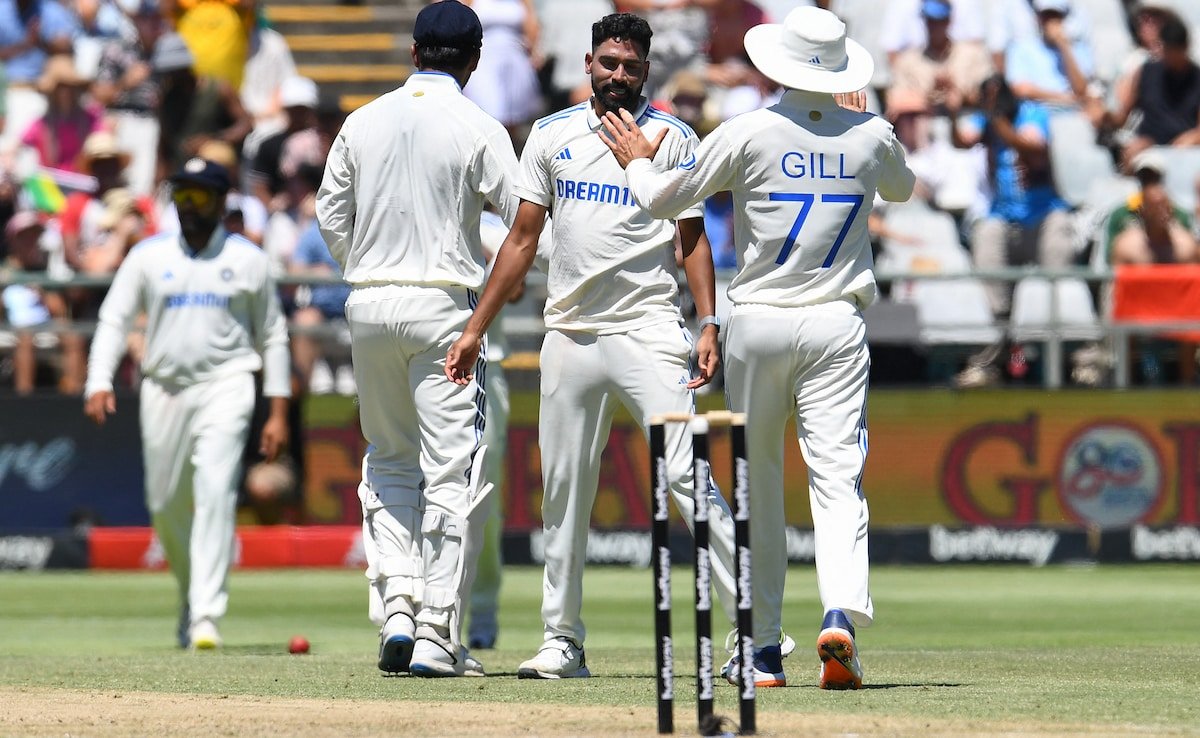With 97 crore voters eligible to register their mandate in the general elections later this year, India will yet again go through a process confirming its status as the world’s largest electoral democracy. The electorate will register a 6% rise this year in comparison to the number of eligible voters in 2019.
India’s 28 States and eight Union Territories are home to a large number of voters comparable to some of the world’s biggest nation-states.
Map 1 | The map shows the countries whose electorate numbers come close to those of the States in India, with the name of the country printed over the respective State.
Charts appear incomplete? Click to remove AMP mode
For example, the electorate size of Uttar Pradesh (14.6 crore) is comparable to that of the world’s seventh most populous country — Brazil. Maharashtra’s and Bihar’s electorates match those of Mexico and the Philippines, respectively. Even Goa’s electorate size compares well with that of Bahrain and Cyprus.
Also read | Over 50 nations, which host 45% of global population vote in 2024: Data
There is also significant variance State-wise in the number of electors that the winning Member of Parliament represented in the Lok Sabha from 2019 to 2024. While an elected MP from Delhi, on average, represented 20.5 lakh voters, an MP from Uttar Pradesh represented 18.3 lakh voters, from Andhra Pradesh 15.8 lakh voters, and Tamil Nadu 15.4 lakh voters, the corresponding numbers for Kerala and Tripura were 13.1 lakh each.
Map 2 | The map shows the State-wise average number of voters for each MP (in lakh). The darker the blue, the higher the average number of voters per MP.
Table 3 | The table lists out the constituencies that commanded the top five and bottom five electors among major States.
Telangana’s Malkajgiri (31.5 lakh) and Karnataka’s Bangalore North (28.5 lakh) had the highest number of electors.
The variance across States in the number of electors that each elected MP represents is also a consequence of the frozen delimitation exercise, last conducted after the 1971 Census, that has not updated the numbers corresponding to the one-person-one-vote principle. This was done to encourage States which controlled the population effectively. But the idea of delimitation in its present form is fraught with consequences. It could affect States that have worked hard to limit their birth and death rates, and who could see their total number of MPs being reduced if the Lok Sabha size is retained in a prospective delimitation exercise or a modest rise in an expanded House compared to some of the most populous States which have not addressed the birth and death rates to the same extent.
Table 4A | The table shows the number of Seats select States have at present, and how many seats they will have if the number of seats is retained at 543 and reapportioned among States based on the projected population in 2026.
A recent paper (Vaishnav et al, Carnegie endowment) pointed to the fact that U.P. and Bihar might gain 11 and 10 seats each if the size of the Lok Sabha is retained as it is, while Tamil Nadu and Kerala will experience a net decrease of eight seats each (Table 4A). On the other hand, if the Lok Sabha size is increased to 848 based on the projected population in 2026, the increase in the number of MPs for U.P. and Bihar will be 63 and 39 each, in comparison to 10 and zero for Tamil Nadu and Kerala (Table 4B).
Table 4B | The table shows the number of Seats select States have at present, and how many seats they will have if the number of seats is increased to 848 based on the projected population in 2026.
This is why experts have cautioned against a delimitation exercise that could result in a skewed federal representation hurting the numbers for States that have done the most to address the issue of population explosion. Various ideas ranging from continuing the freeze in delimitation to retaining the size of the Lok Sabha and its representation as it is nationally while increasing the size of the State Assemblies in respective States have been espoused.
Listen to our podcast: How ‘The Hindu’ data team covers elections using night lights and census data | Data Point podcast







